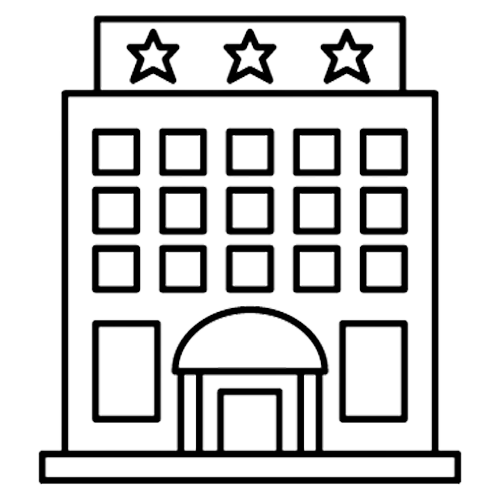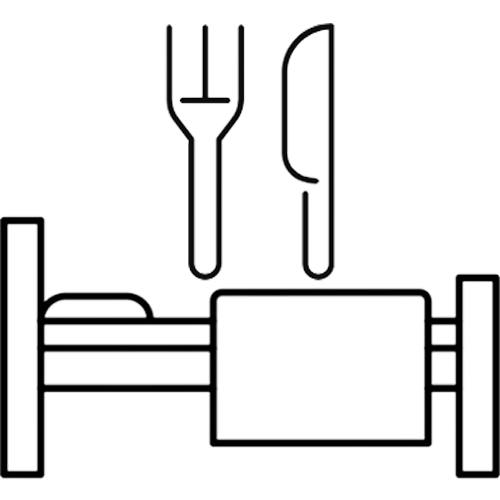Švėkšna is a town famous for the highest (65 m) in Šilutė District Municipality, a two-storey, red brick church and the 19th century park founded by the Pliateris counts with an impressive lime tree avenue, Genovaitė villa, ponds and sculptures. Švėkšna belonged to Samogitia, so its urban structure differs from that of the towns of Lithuania Minor, a former border town between East Prussia and Lithuania Major. The town was first mentioned in written sources in 1503. Švėkšna manor was founded in the second half of the 15th century by the Samogitian nobles Kęsgailos. The first church was built in 1509. In 1624-1644, when Švėkšna was ruled by Jeronimas Krišpinas Kiršenšteinas, paper, glass and gunpowder workshops – one of the first serf manufactories in Samogitia – were operating on the estate. The last owners of Švėkšna, the Pliateris, owned about 33,000 hectares of land (including the Pajūrio manor) and had more than 5,000 serfs. In 1820, the land holdings of the count were divided among his four sons, resulting in four manors: Švėkšna, Vilkėnas, Gedminaičiai and Stempliai. Simonas Stanevičius, a famous 19th century Lithuanian poet and historian, is buried in Švėkšna Cemetery. An interesting fact: archaeologists have found seven ancient cult statuettes from ancient Egypt, representing Egyptian gods and priests, in a cemetery near Švėkšna.
Today, Švėkšna is an exceptional place not only because it is surrounded by a rich and interesting past. It fascinates us with its beautiful nature, its architectural monuments and the famous people who have come from here. In the very centre of the town there is a cobbled market square where every Thursday there is a lively market. The town’s church and architecture attract newlyweds and Lithuanian film-makers. The neo-Gothic church, built in 1905 to a design by Swedish architect Karl Eduard Strandman, is one of the town’s main architectural landmarks. The construction of the church was financed by the Counts of Švėkšna and Vilkėnas Pliateriai, and the inhabitants of Švėkšna and the neighbouring parishes donated generously to the construction. Some of the funds were collected from Lithuanian emigrants living in the USA. The churchyard of the church is connected to the park by an arched pedestrian bridge – a viaduct built around 1885. It is a unique and rare structure in Lithuania.
Švėkšna is proud of its active community, thanks to which the town is beautified and the name of Švėkšna is promoted throughout Lithuania.
Švėkšna
Paskutinį kartą redaguota: 2023-12-19







































